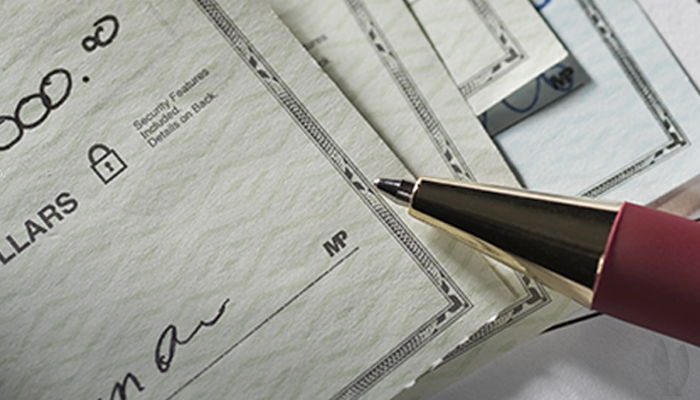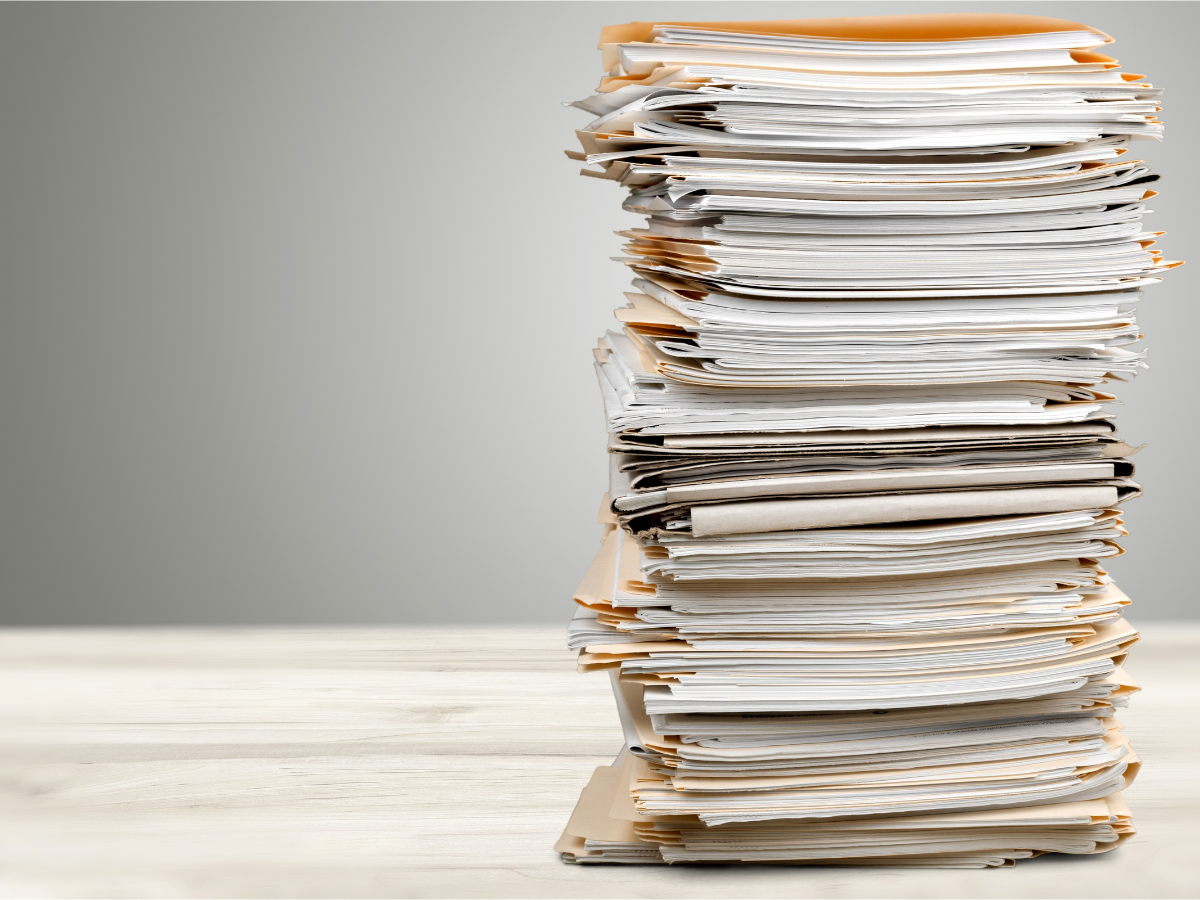Many of you who use Jackrabbit take advantage of the ePayments in the system and even require that all parents have a credit card on file for billing – eliminating checks as a form of payment for their businesses. We believe it is a best practice to use ePayments to speed payment processing and to ensure that you get your money with practically no effort. By using bank drafts for this process, ePayments also allows parents who may not want to (or have) credit cards to automate the way they pay you. It is also a best practice to have a back up credit card on file – just in case the bank draft fails. (Read a blog post about ePayments.)
We understand that there are Jackrabbit users who still provide parents with the check option. To be helpful to you, we’re offering some tips for making sure that you can take checks in a way that gets your money in your account as quickly and painlessly as possible.
You may also think that – since you’re taking checks from people who are in and out of your place regularly – you would never have returned check issues. It may be rare that long-term customers pass you a bad check, but you may find that the beginning of each season when you welcome new families into your facility, policies may be just what you need to provide guidance in making sure you get paid.
If you do accept checks, it’s almost assured that at sometime in your business life you’ve gotten a check returned for insufficient funds. The first thing you may have thought is “How could one of my customers do such a thing to me?” The second is “How do I handle this?”
Because there are always questions in this situation, it’s important to have policies in place to guide you.
Accepting checks can be a huge convenience for your parents but a great risk for your business because it is actually an obstacle to efficiently collecting your money.
There are some policies that can help in keeping the insufficient funds experience from happening to you.
- Be sure that your parents know that you have a very strict check writing policy and make sure these policies are provided to parents upon enrollment.
- Don’t accept checks drawn on out-of-state (non-local) banks or starter, unnumbered or non-personalized checks.
- Require parents to provide driver’s license numbers when presenting checks to you. (You may need to seek legal action to collect funds on a returned check)
- Never accept checks for more than the purchase amount.
- Never accept post- or future-dated checks.
- Never accept checks without bank ID, routing bank identification, or routing transit numbers along with the customer’s account and check numbers.
- Require that all checks be completely filled in: “Pay to the Order Of” made out to your business, matching numeric and written sections, signature and current date.
- Process checks through a check reader or use electronic check processing.
- In your policy, inform parents that you reserve the right not to accept their checks after a check has been returned to you.
- Charge a returned check fee. (Check the returned check fee limits in your state before setting your fee amount.)
- Deposit checks as quickly as possible.
- Check to see if a check has cleared your bank account 3-4 days after receiving it from a parent.
When you accept checks from parents without applying these simple policies, you risk cash flow problems for your business. You may even have to spend money chasing down returned checks and getting them paid.
Other forms of payment (cash, credit cards, Paypal and/or money orders/cashier checks) present much less risk to business. Recommended practice? ePayments in Jackrabbit
What should you look for when verifying identification for checks?
Verifying identification for all checks can help you safeguard your business against fraud. Forms of identification commonly accepted include state-issued driver’s license, I.D. card, or military I.D.
There are also things that you should make sure of when you look at a customer’s identification.
- Look at signatures. Make sure the one on the customer’s identification matches the signature on the customer’s check
- Look at personal information closely. Make sure personal information like phone numbers, identification numbers and expiration dates are clear on the check and if they aren’t precisely record them.
- Lookout for suspicious behavior. Trust your instincts. Fraud “red flags” may be right in front of you. Call the customer’s bank if you’re suspicious of the legitimacy of a check.
What should you do if a check is returned because a customer’s account is closed, or has insufficient funds to pay for the transaction?
Your check policies and check readers and electronic processing, you can employ the help of electronic check verification companies to identify flagged individuals and help you protect your business. There are services that provide comparisons against databases of individuals that are known to have written bad, stolen or forged checks for a monthly fee.
Regardless of how many protections against the risk of accepting bad checks that you put in place, you may still have one slip by on occasion. If a check fails to clear on your first attempt, your bank will generally attempt a second deposit. In some cases, the customer can quickly resolve the problem by transferring or depositing funds to cover a bounced check. If the issue is not resolved by the customer, you can choose to take legal action or get law enforcement involved. Be sure that you understand what your rights and options are before you ever need to act on them. Some states require businesses to mail a registered letter and allow a designated waiting period to lapse before further action is taken. This information should be included in your check acceptance policies.
If the payment is not satisfied, you have legal options of filing a suit with a small claims court or employing a collection agency to pursue the payment on your behalf. Many prefer taking the collection agency route to avoid the lengthy and expensive court settlement process.
What should you do if a customer stops payment on a check?
If you ever have a customer who stops payment on a check, it is important to understand why this was done. They may have an explanation. Or they may be dissatisfied. If they believe that the services they paid for did not meet their expectations, they may be entitled to a refund or a reduction in the amount owned.
You must also be diligent about how you approach collecting payments.
Here are some tips:
- You must collect payments on time.
- Parents must know that they must pay on time.
- Don’t be shy about collection. Being passive about collecting your money will only lead to delinquent accounts and to collection costs for you.
Remember that you provide a great service and you deserve to get paid for it.
Sources: sba.gov, childcarebusinessowner.com














